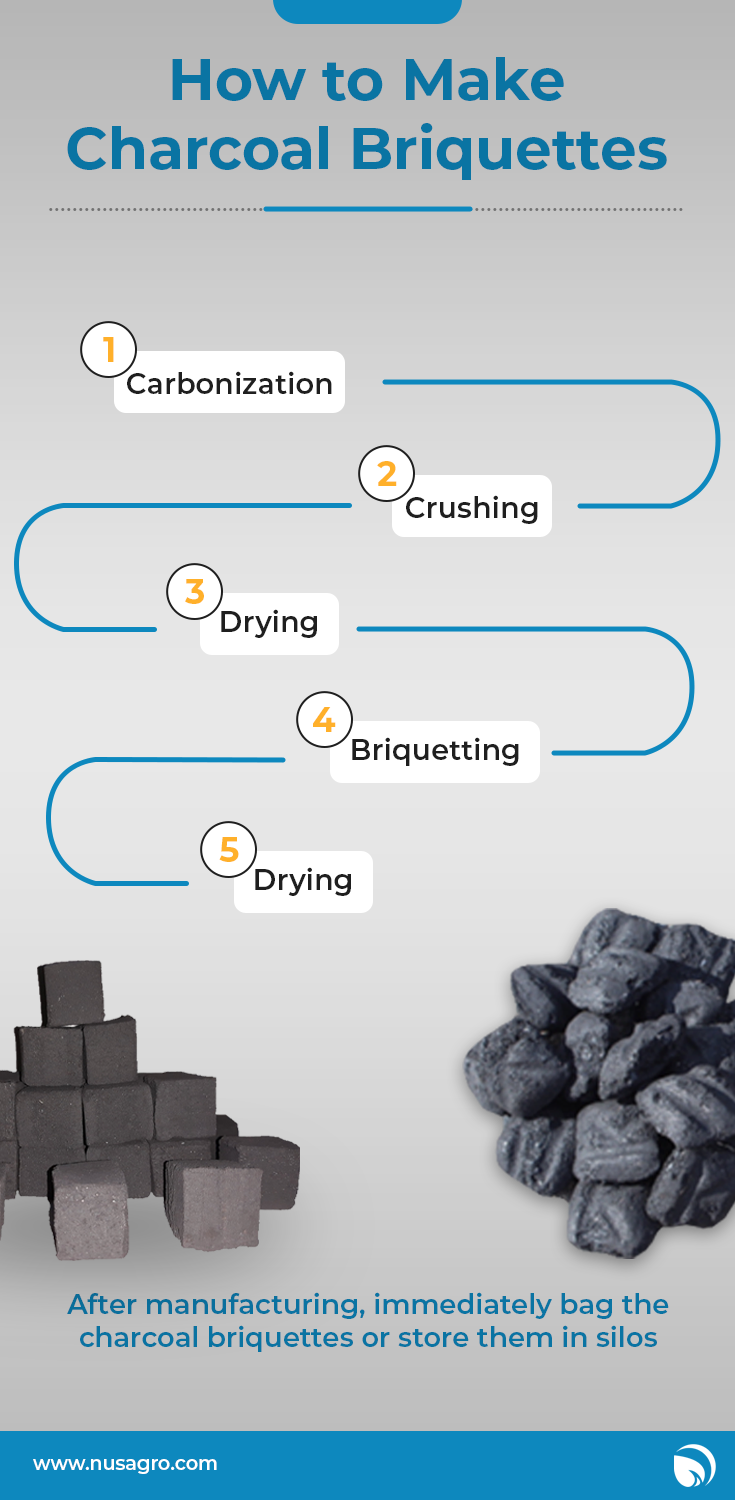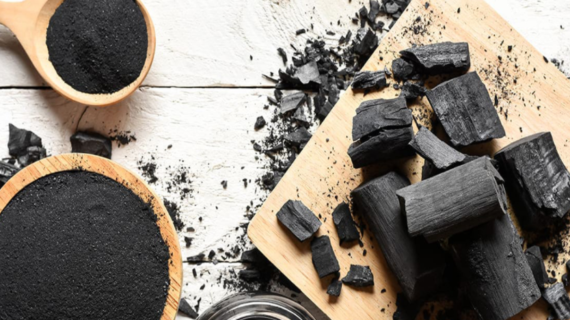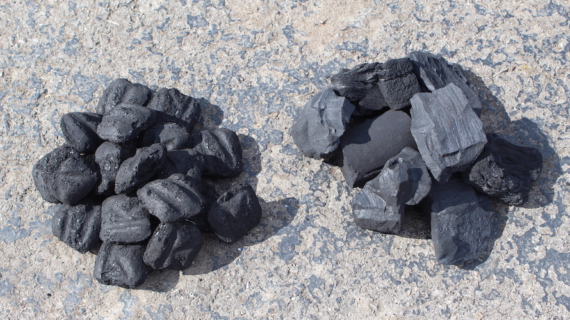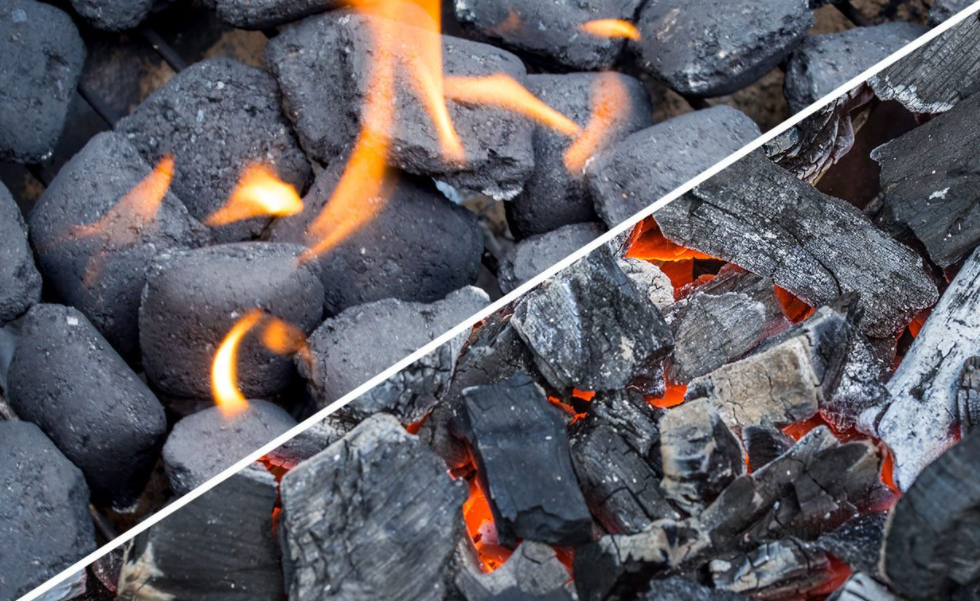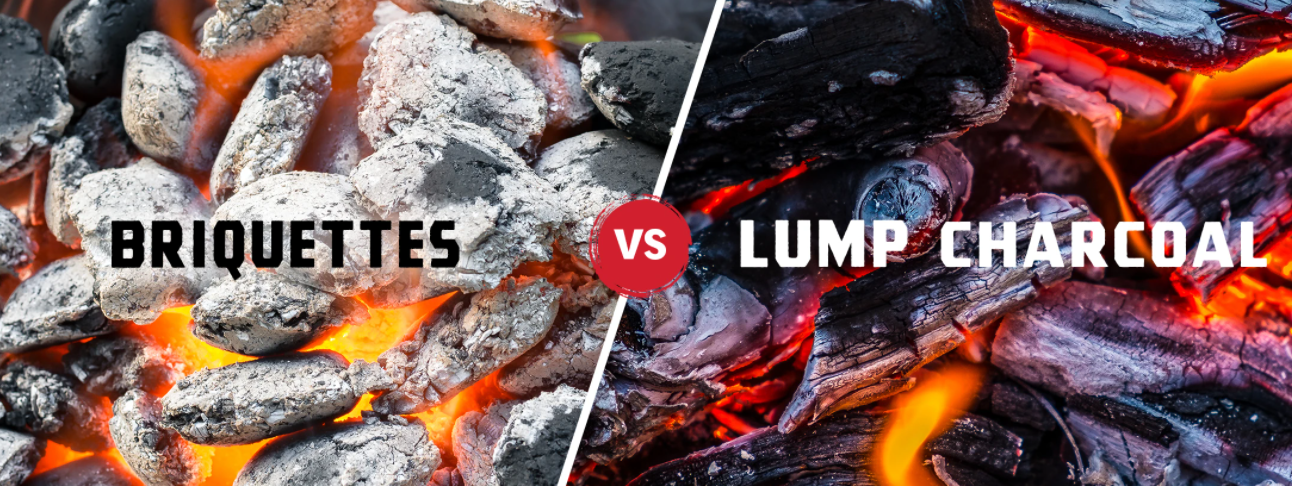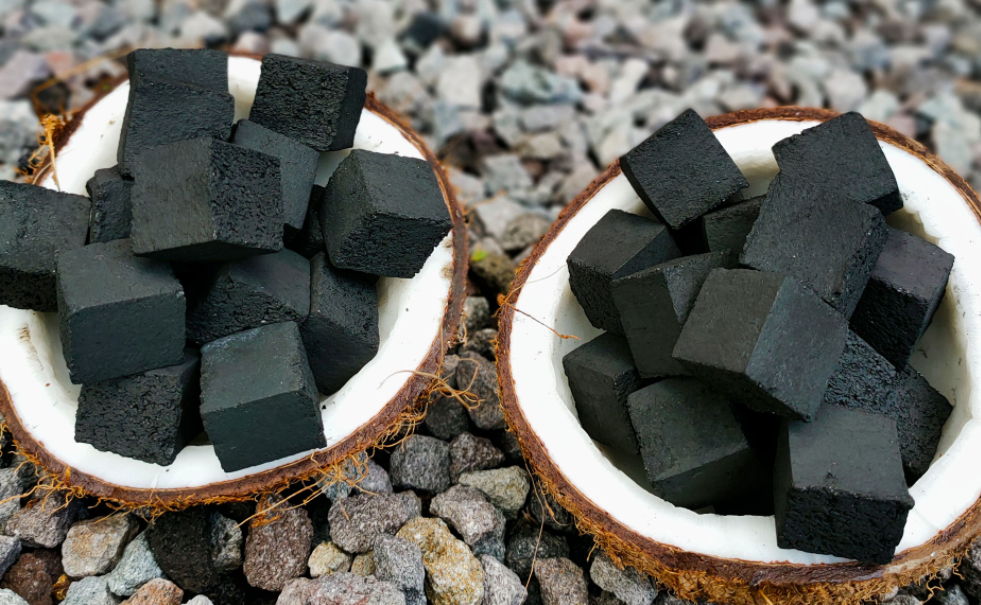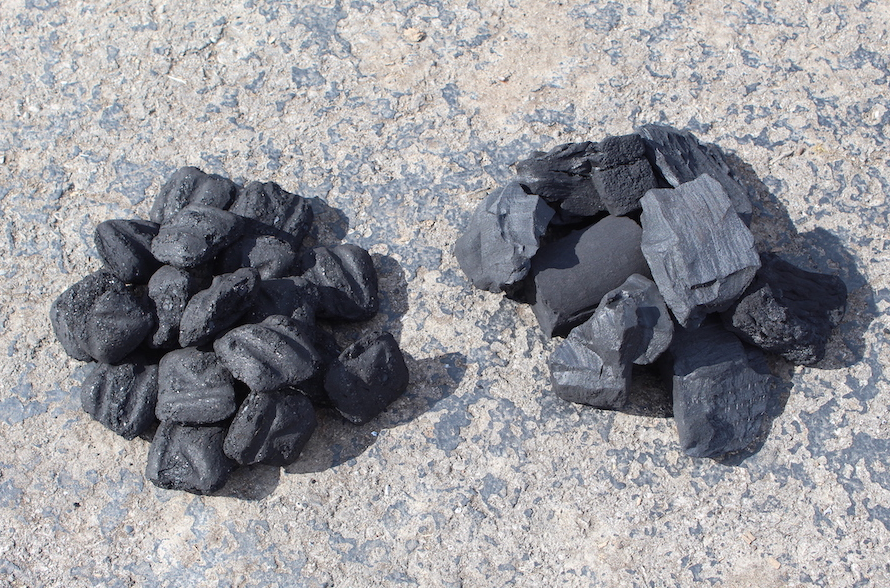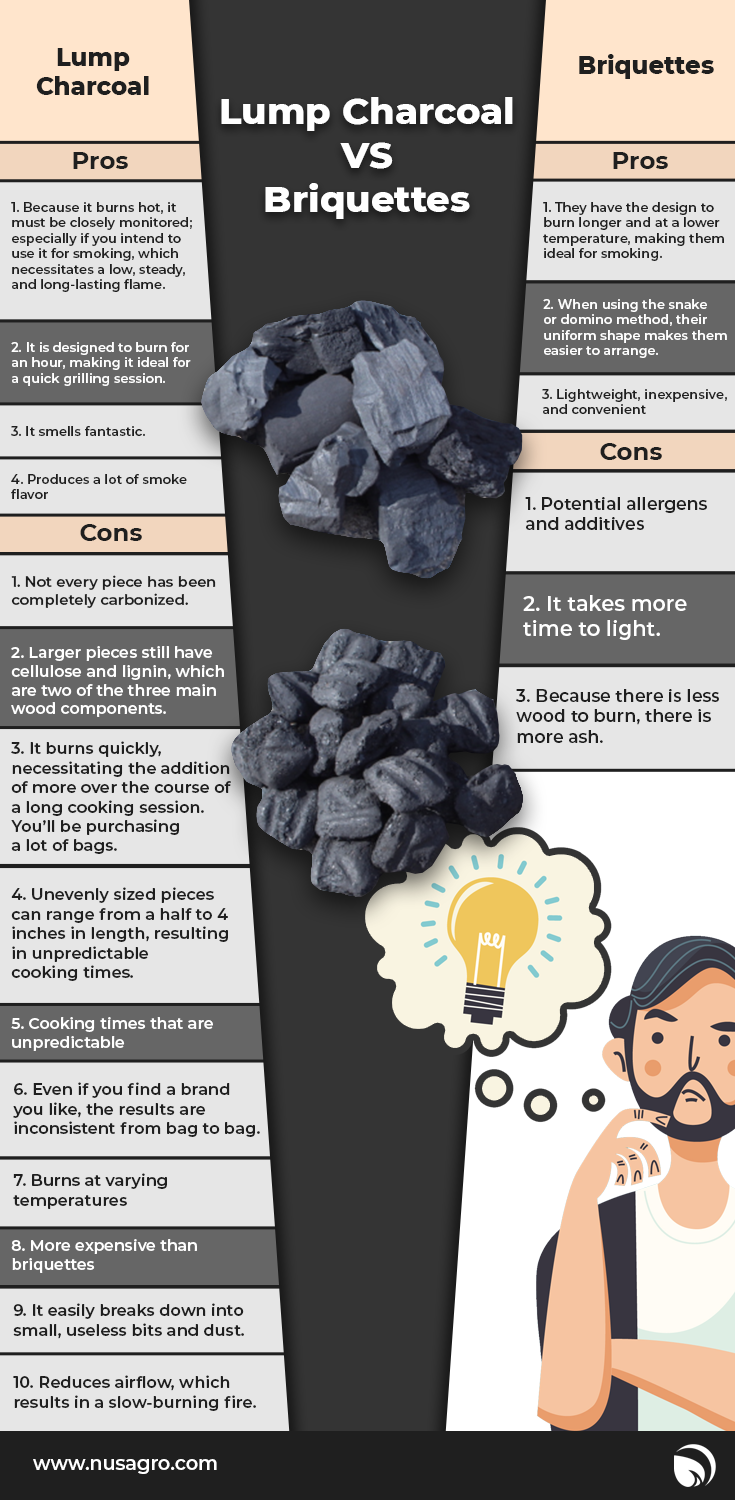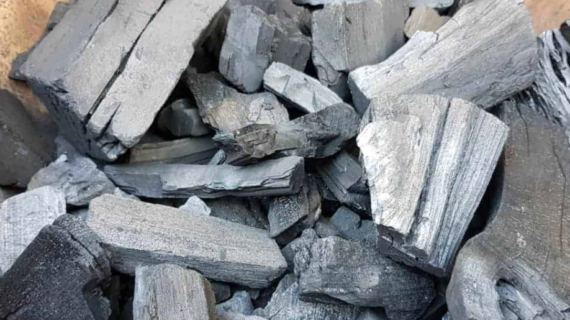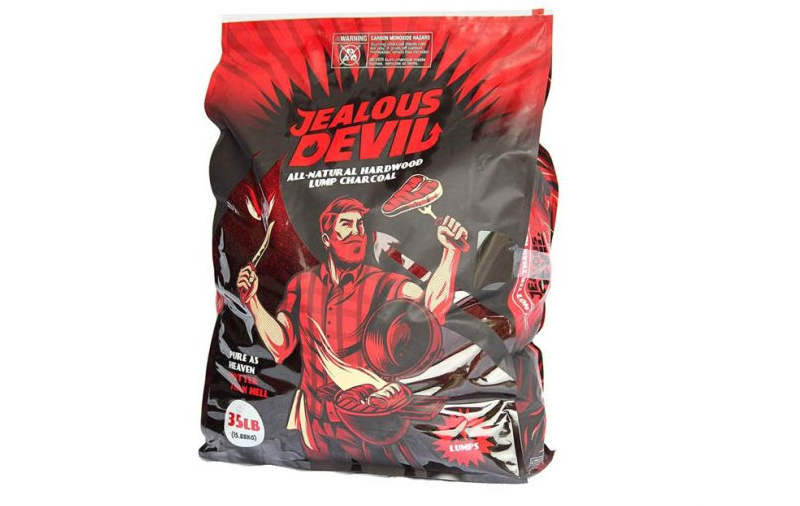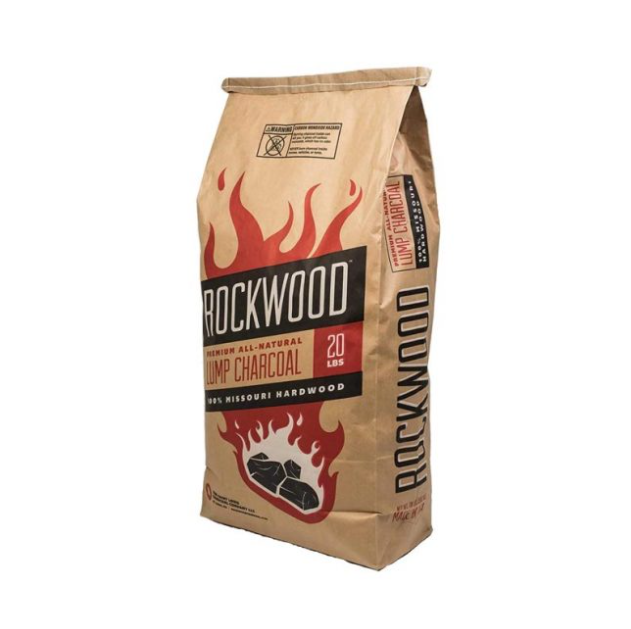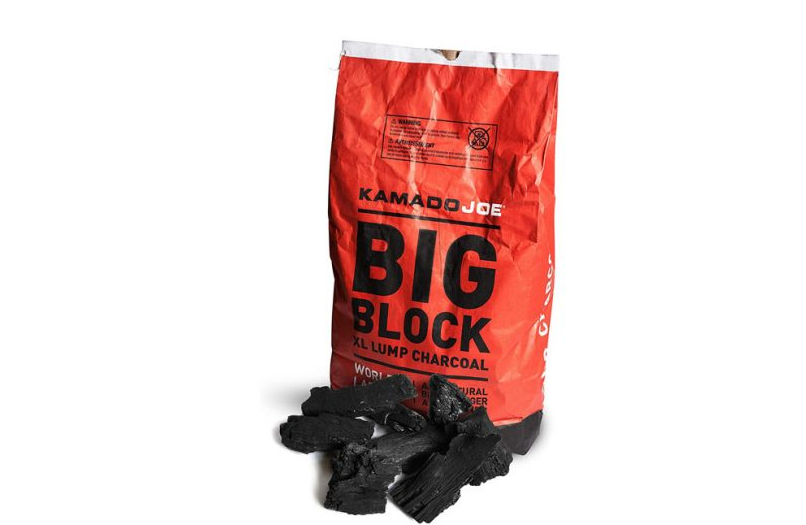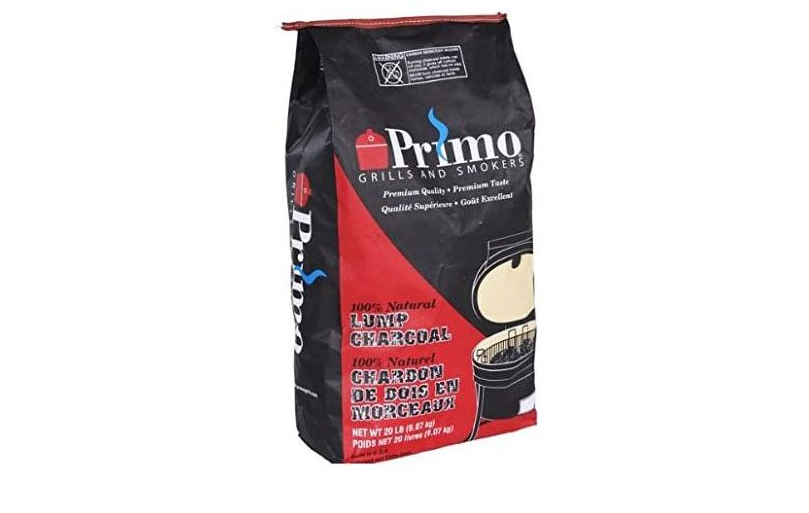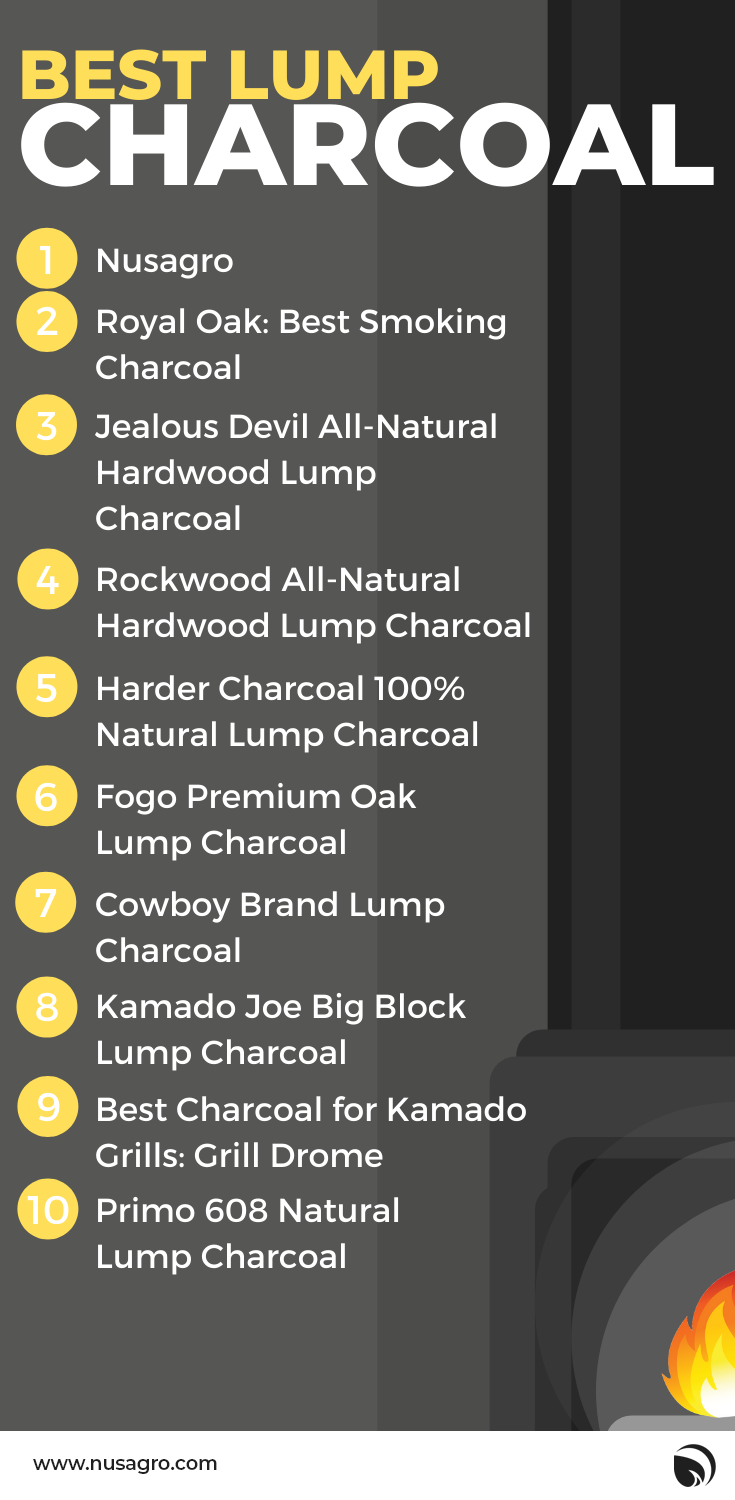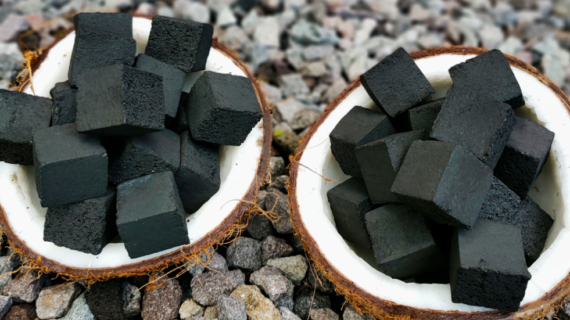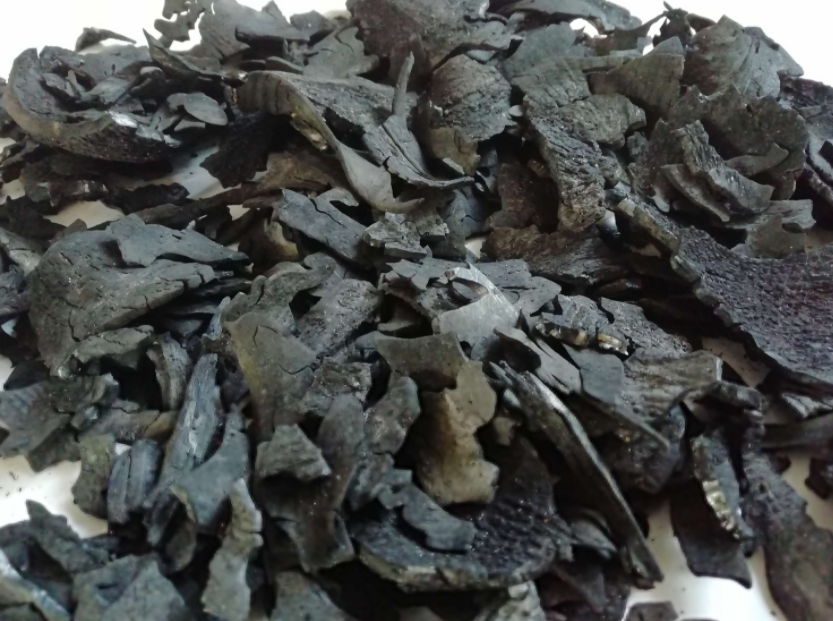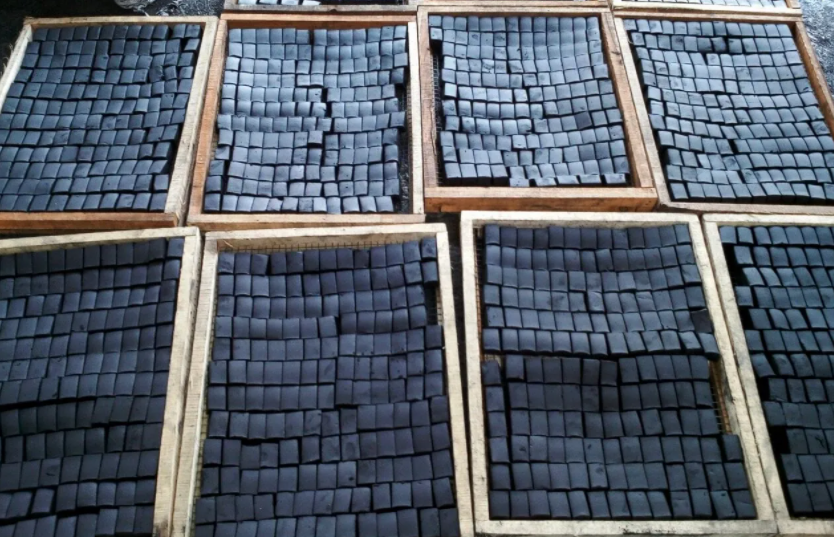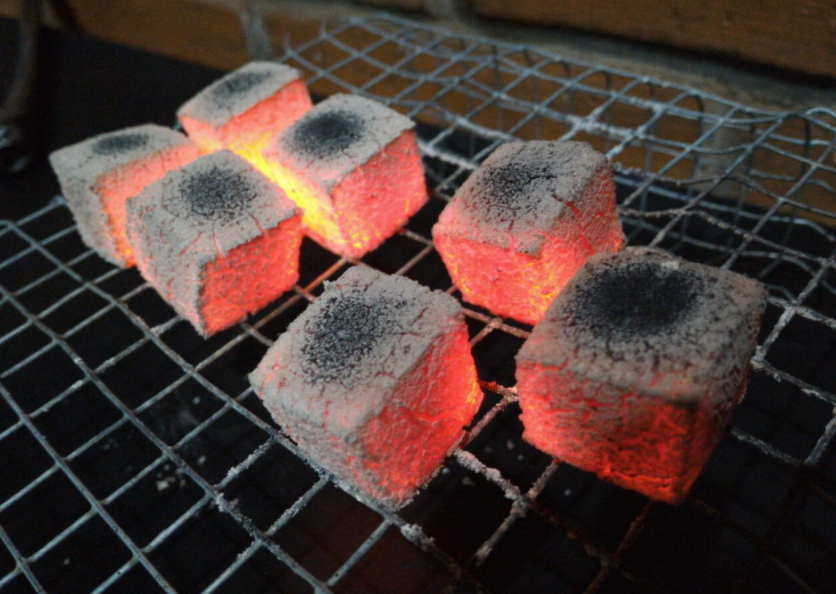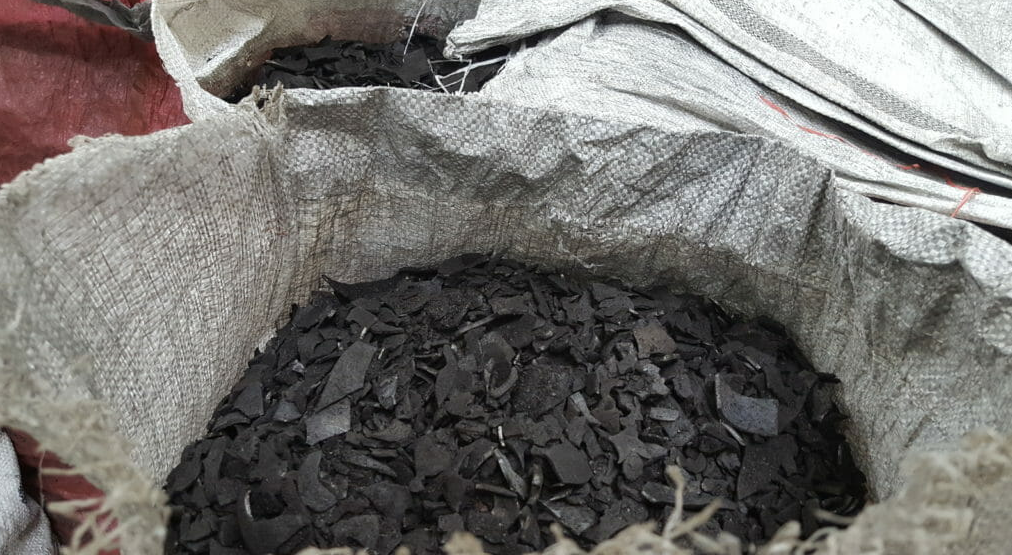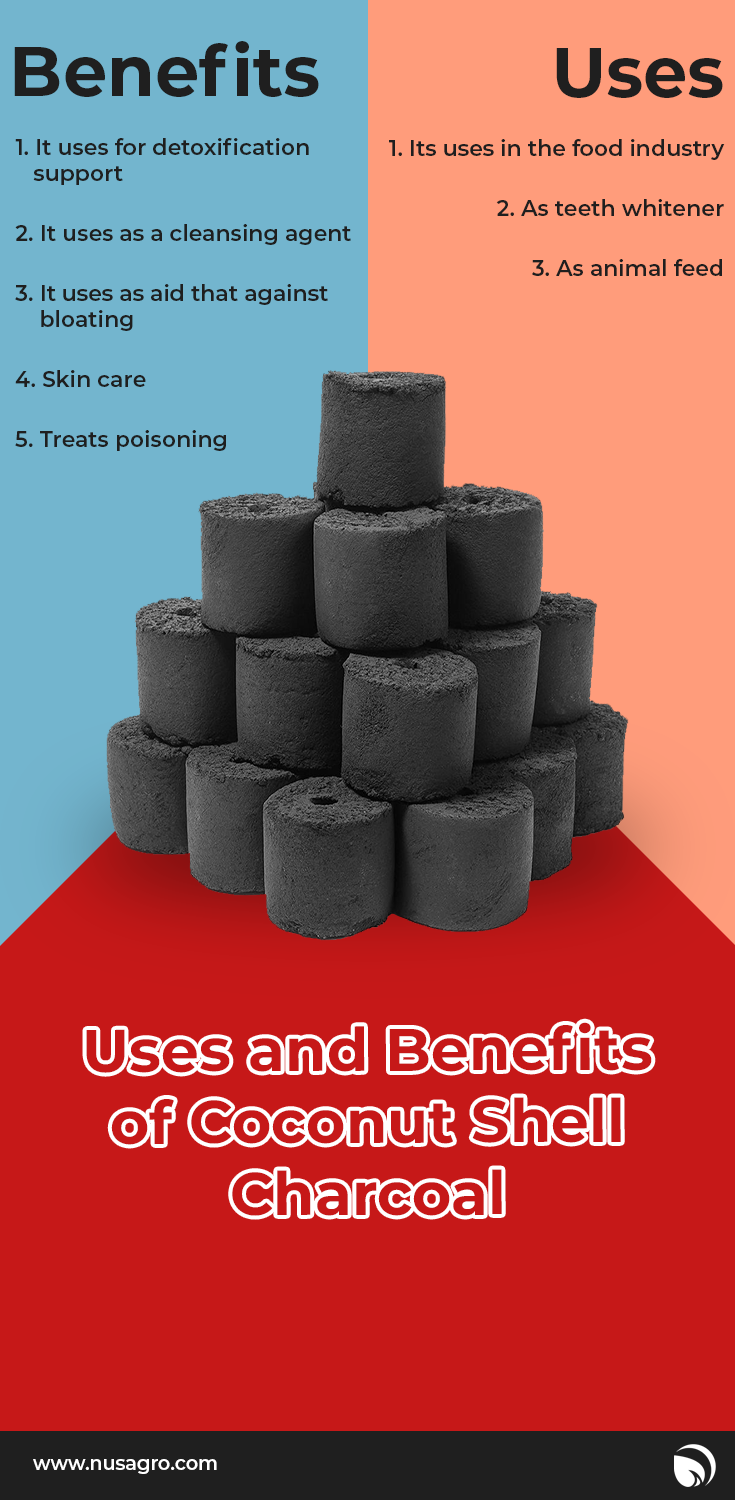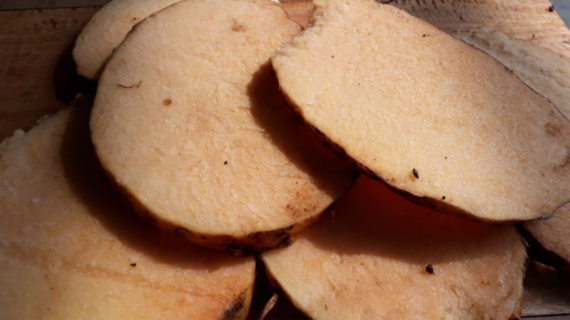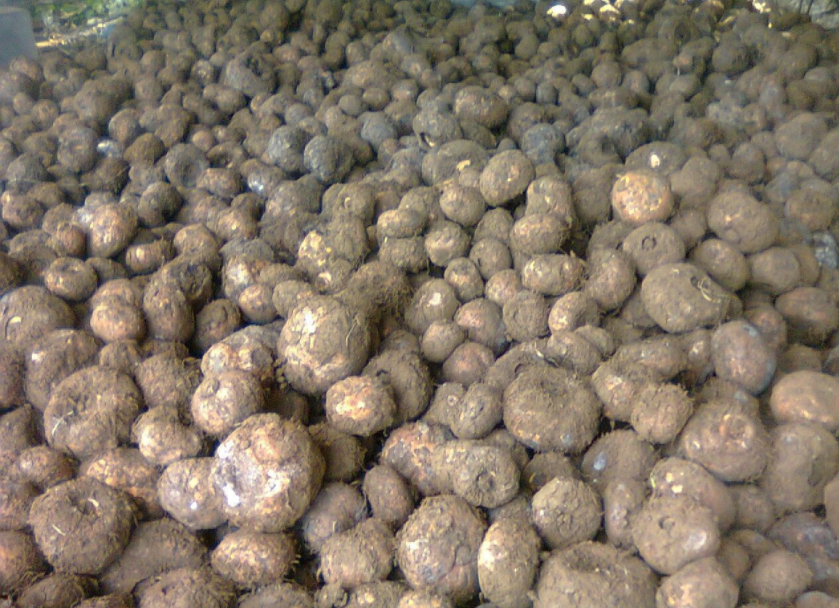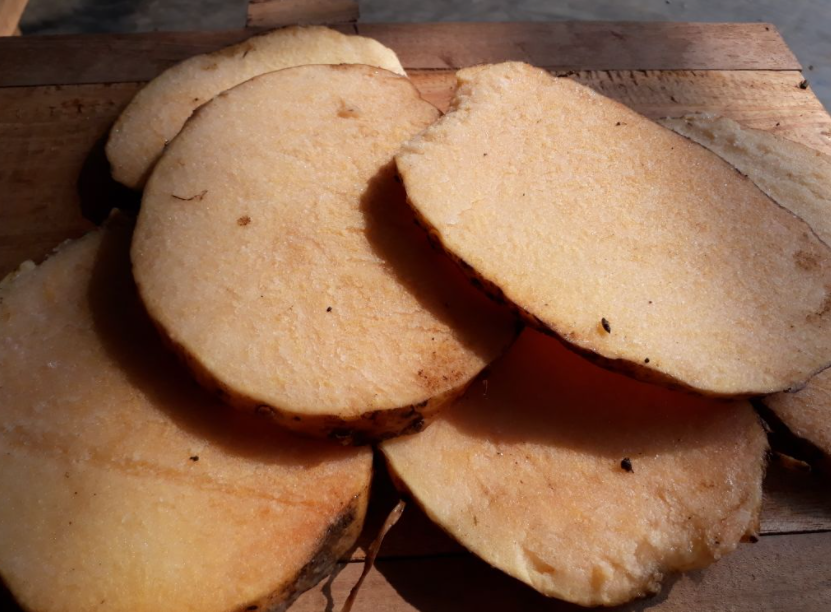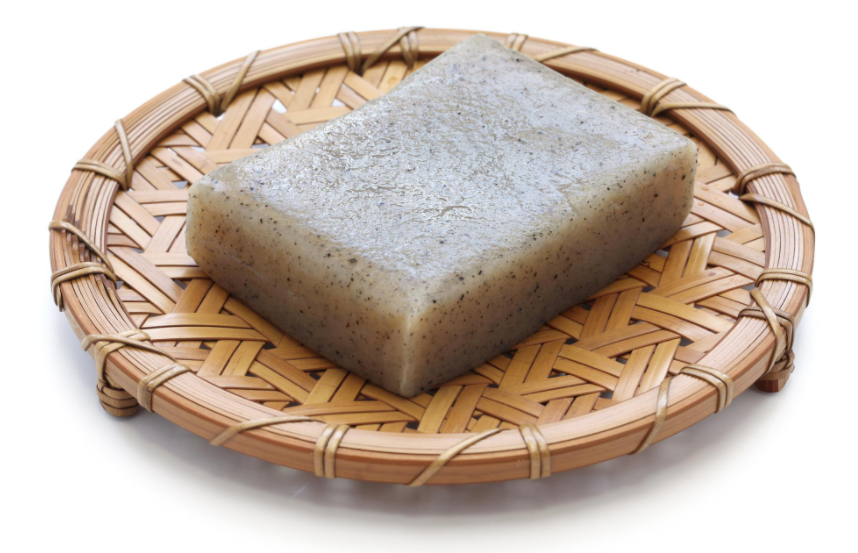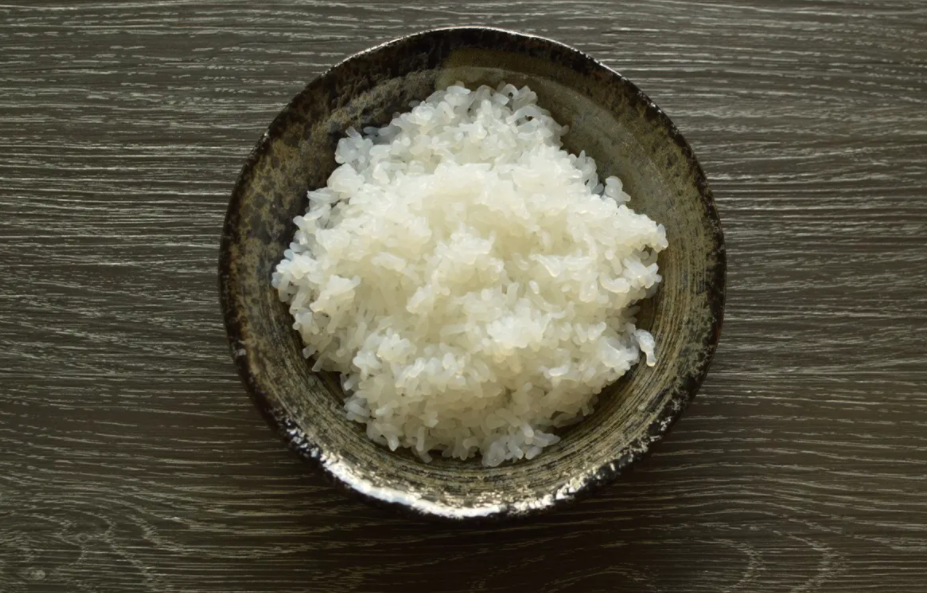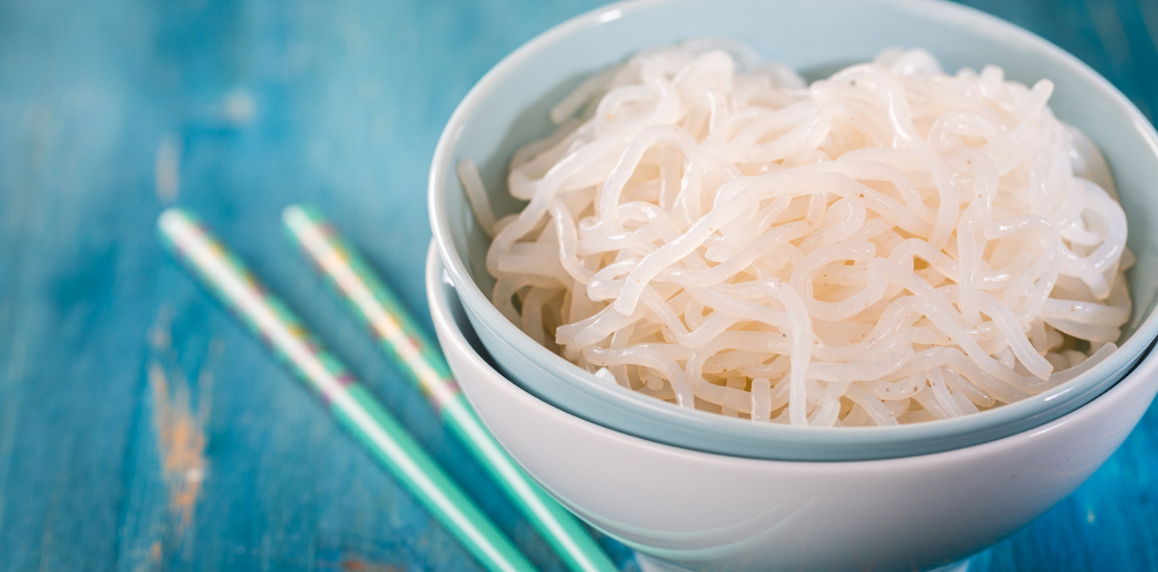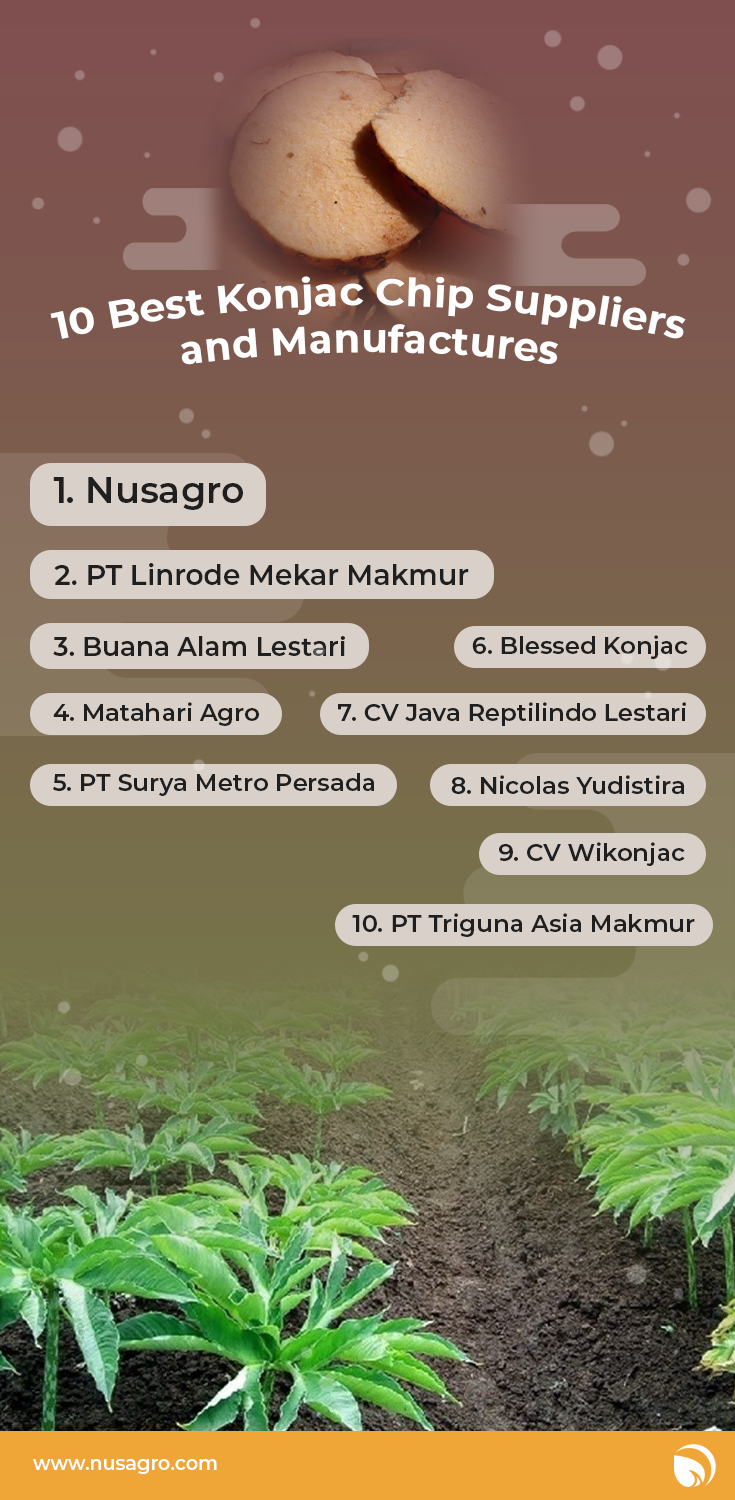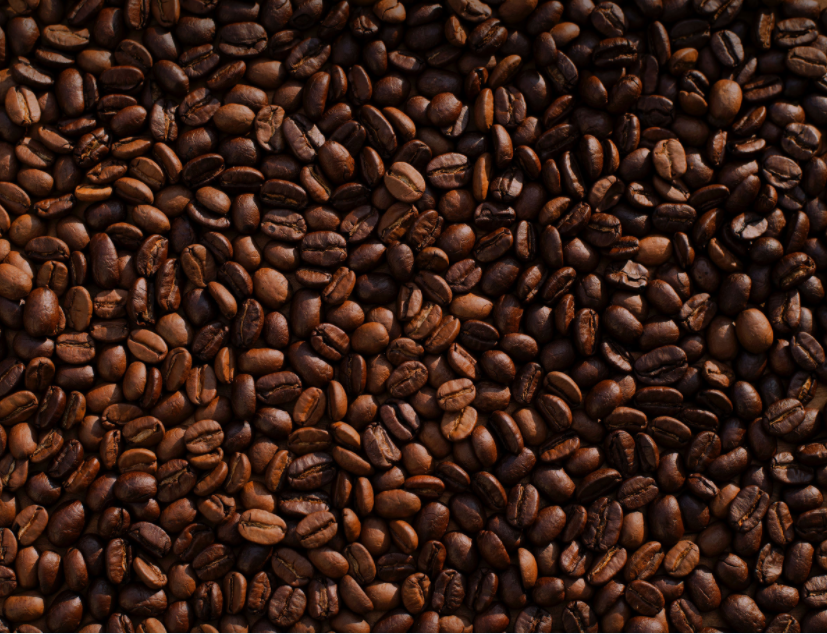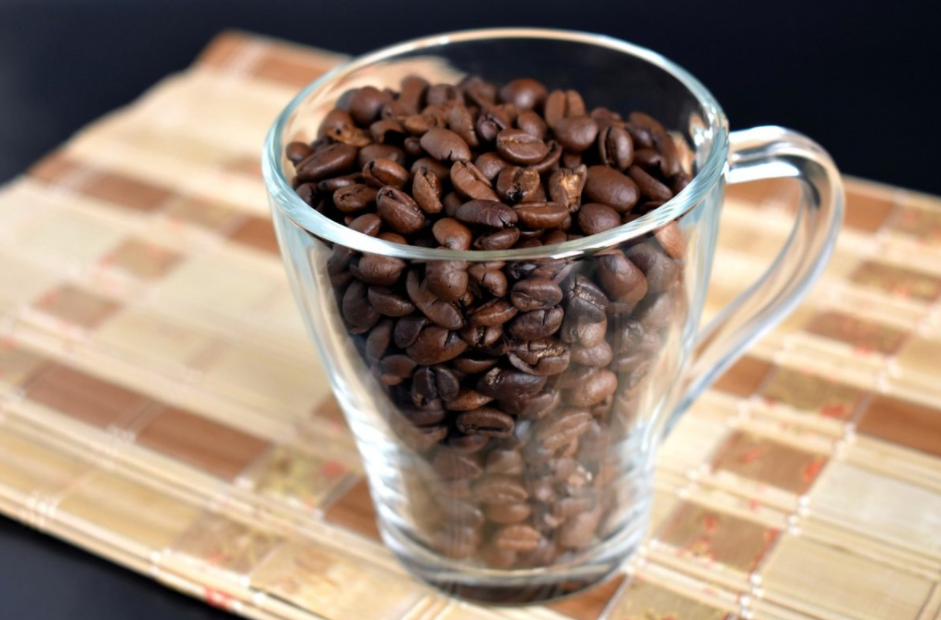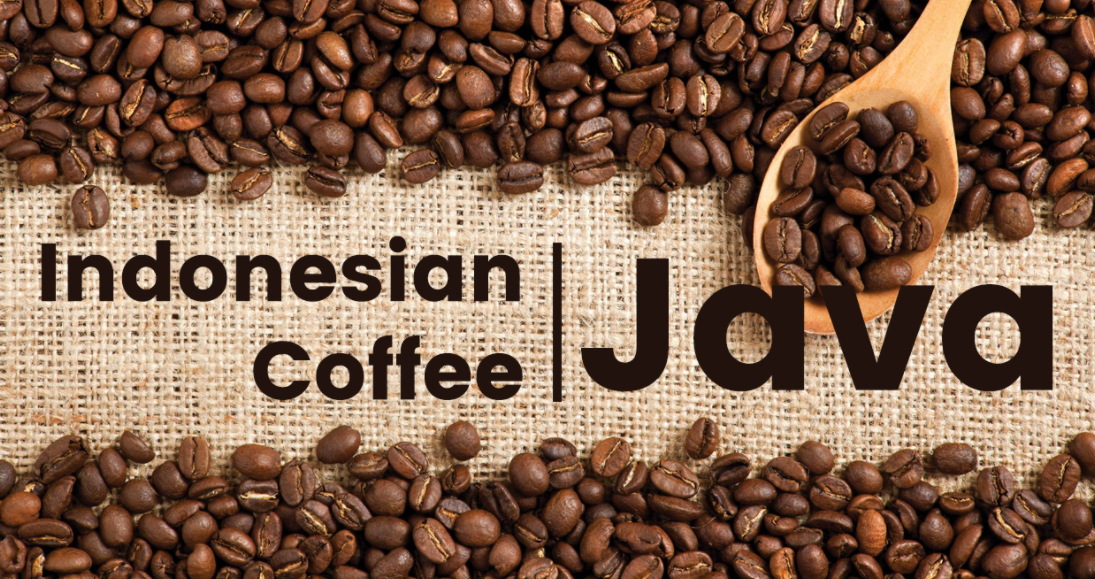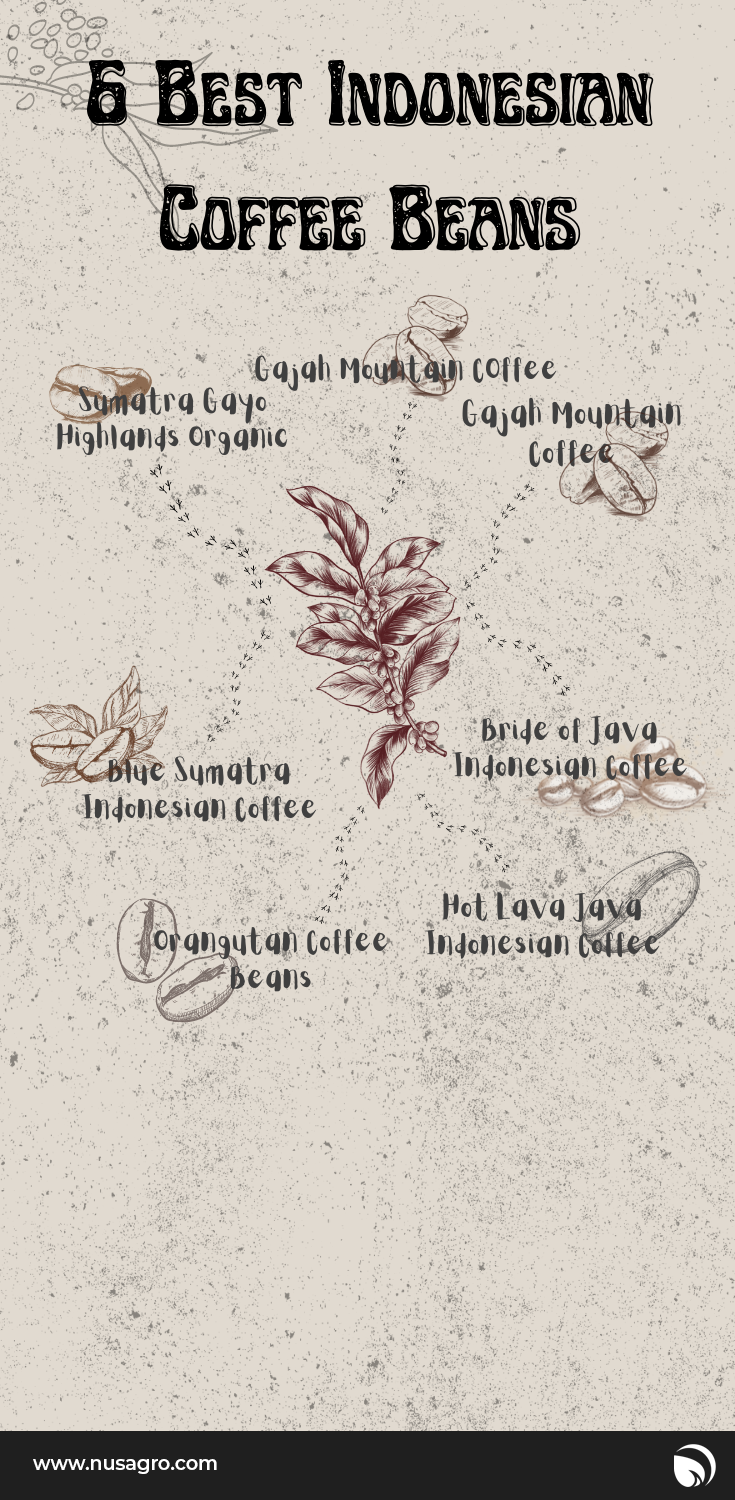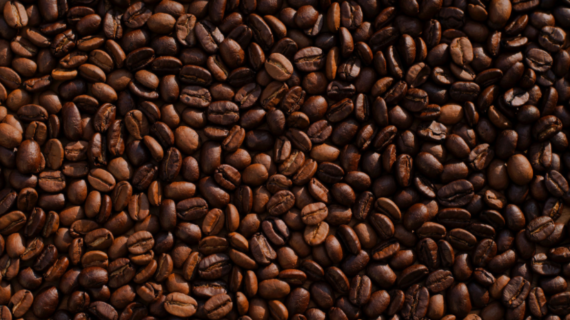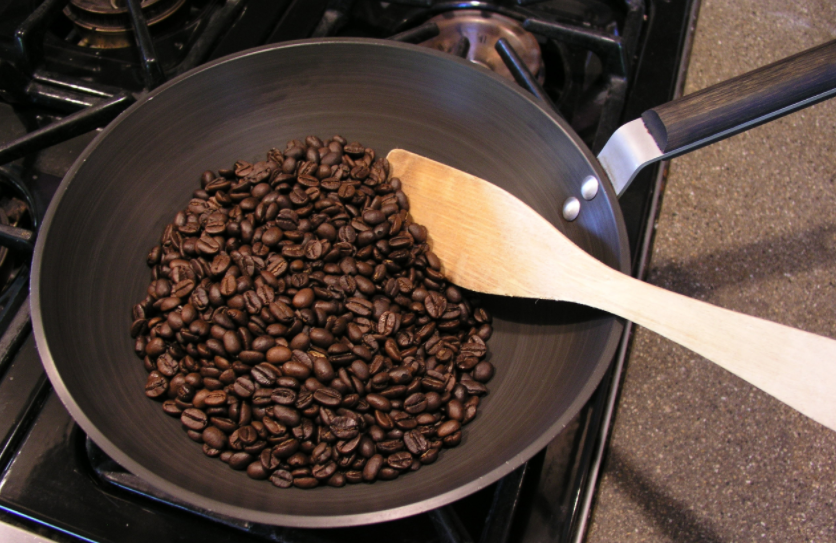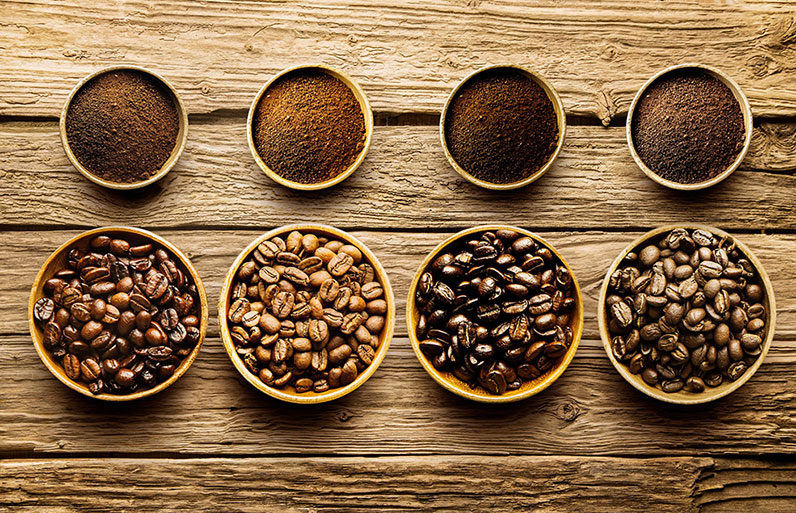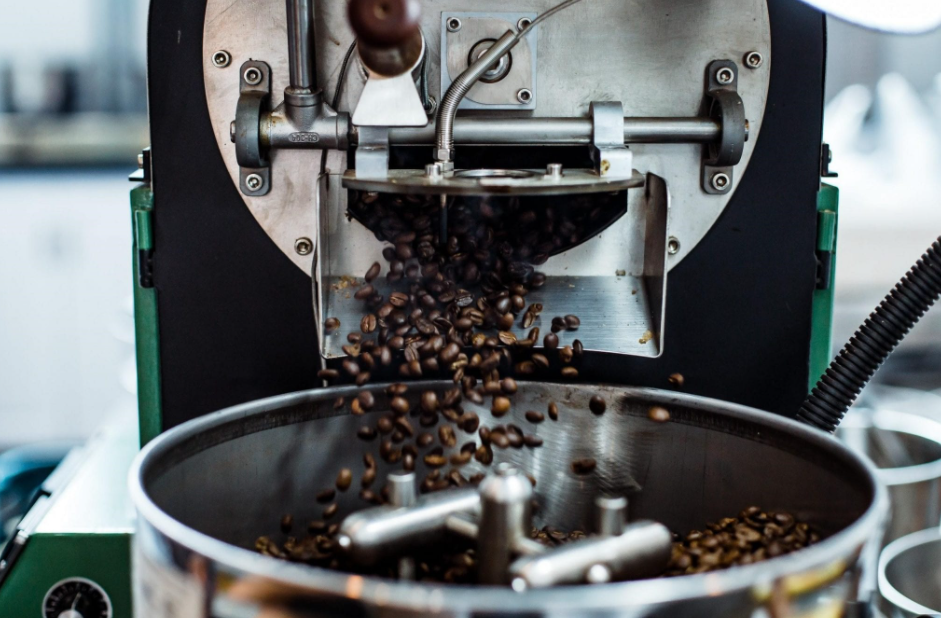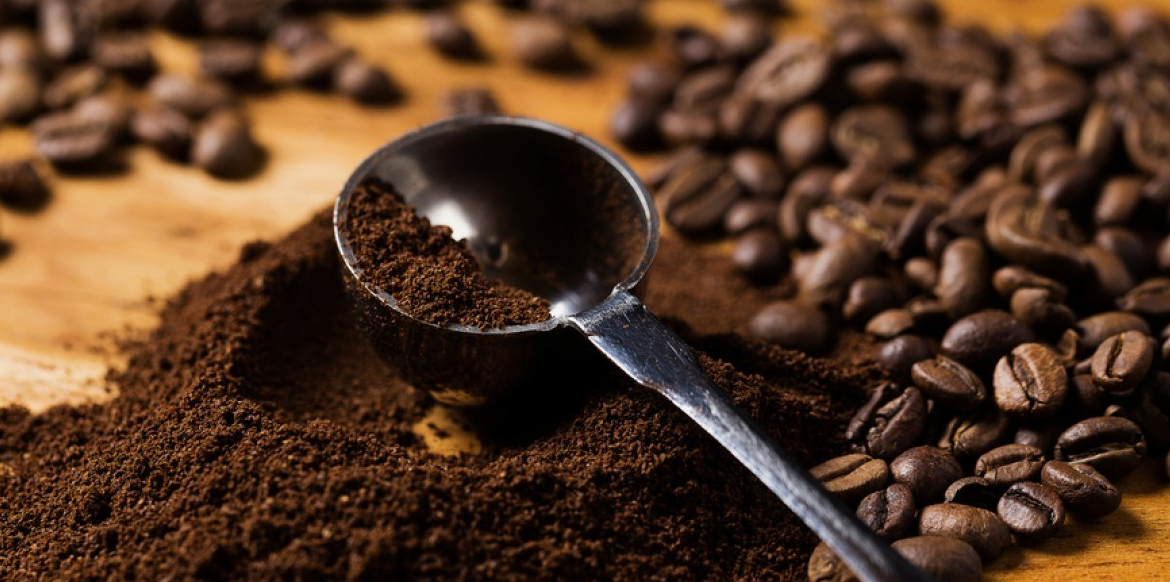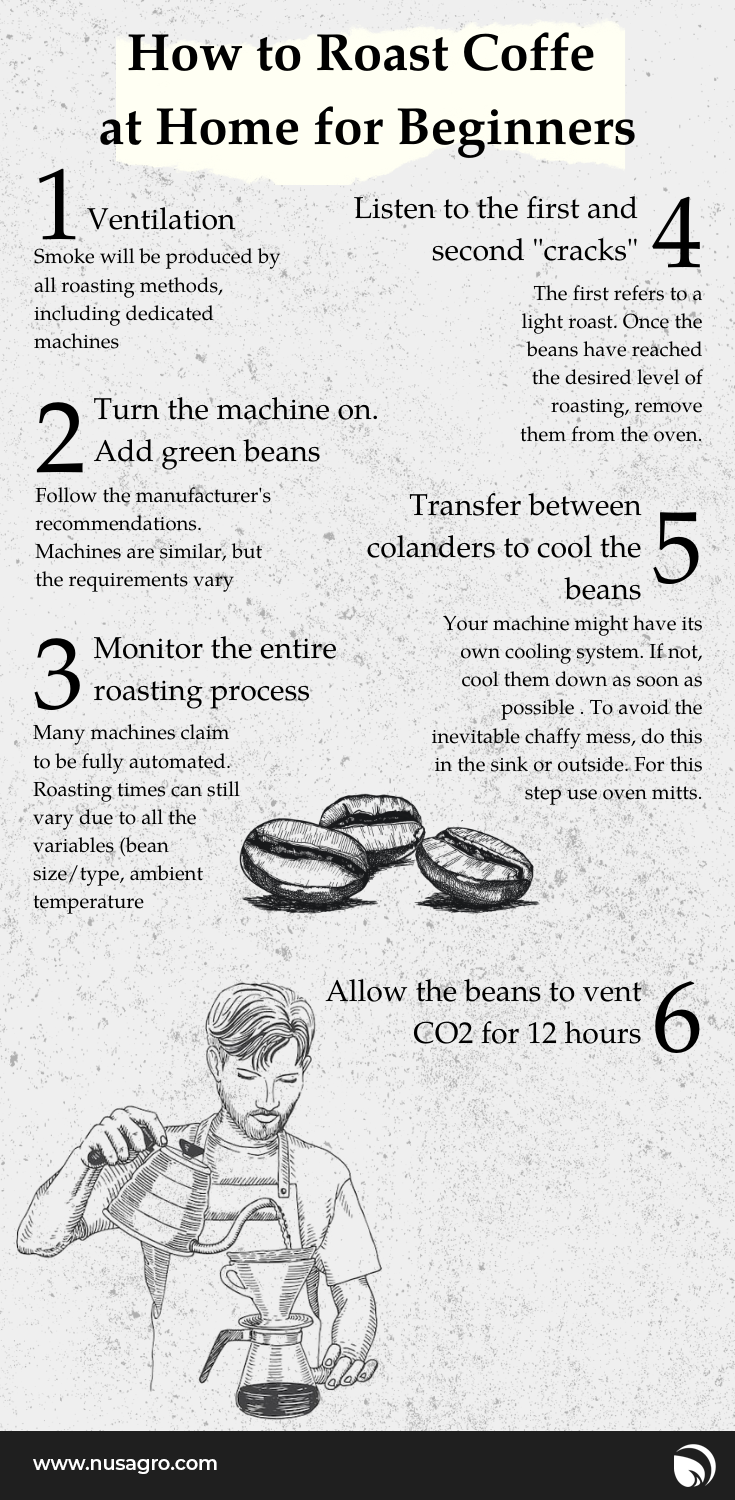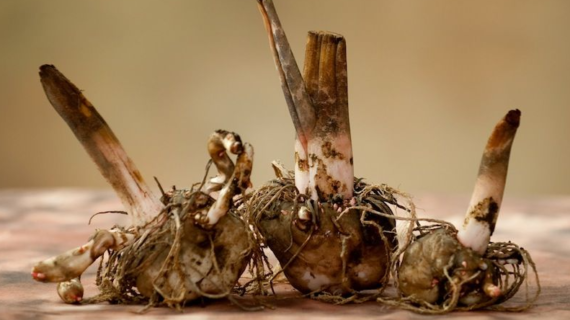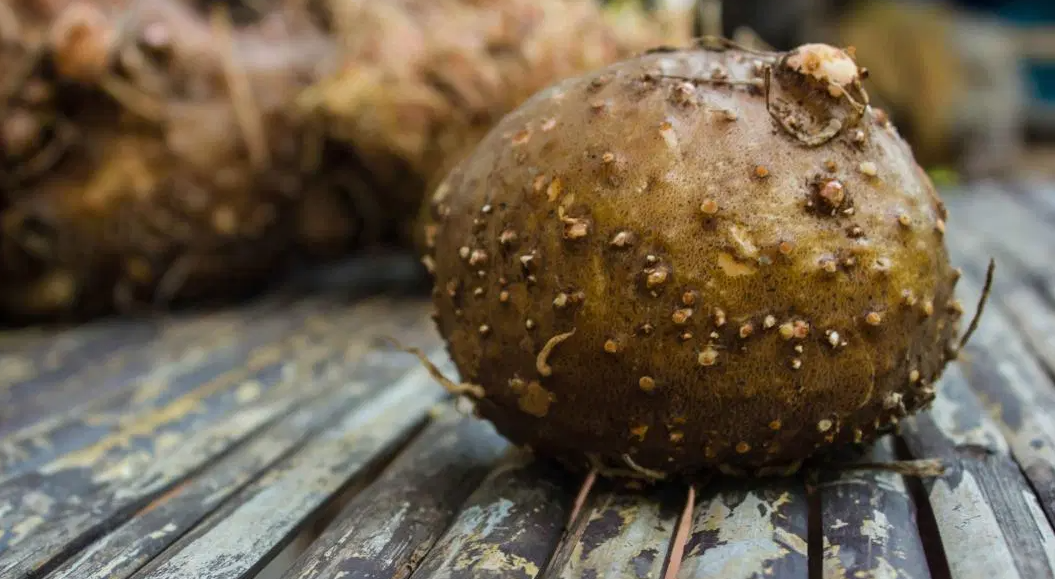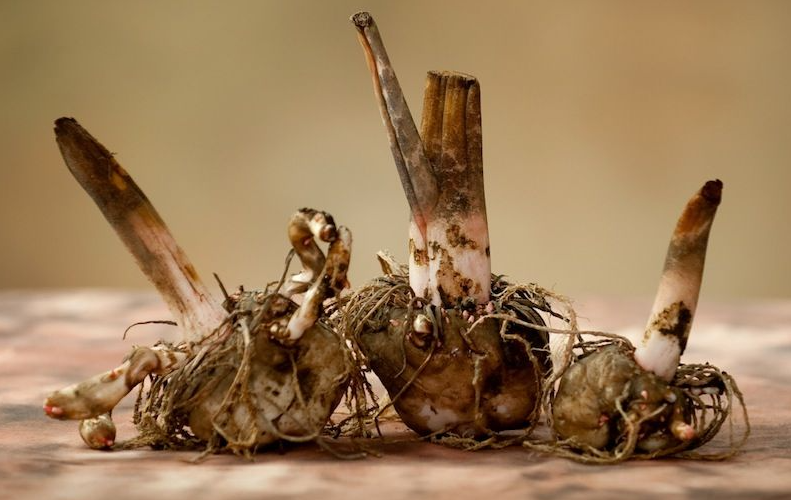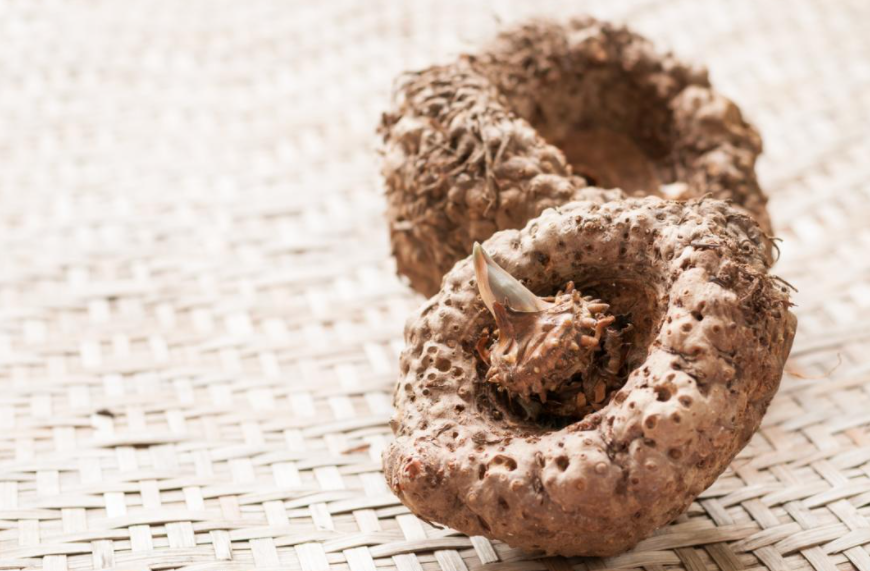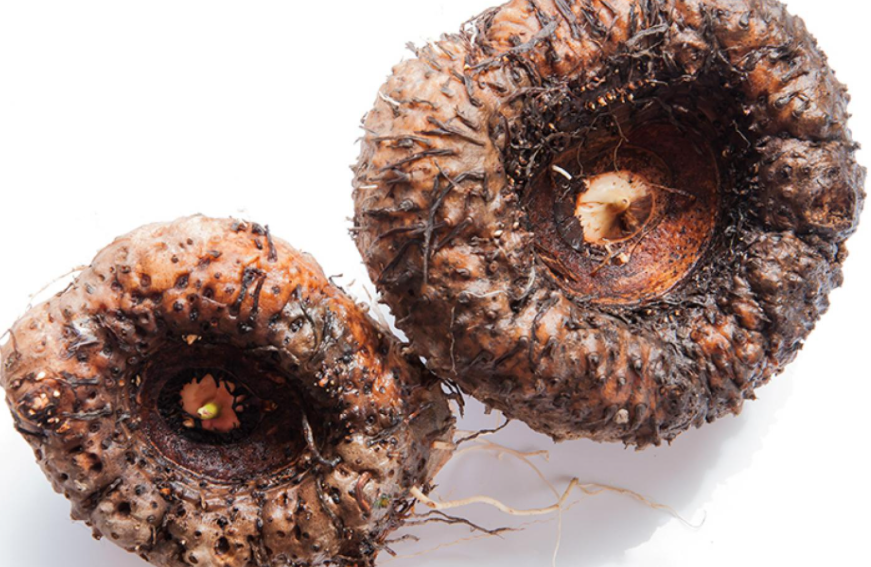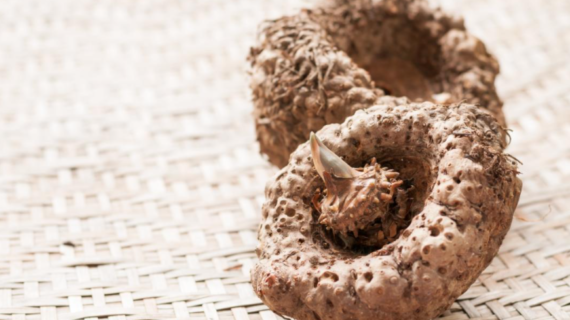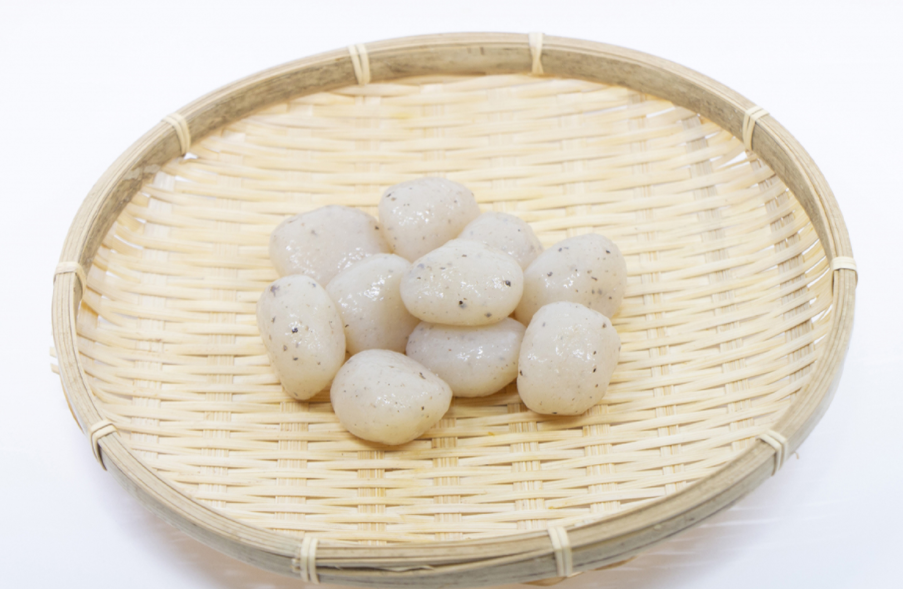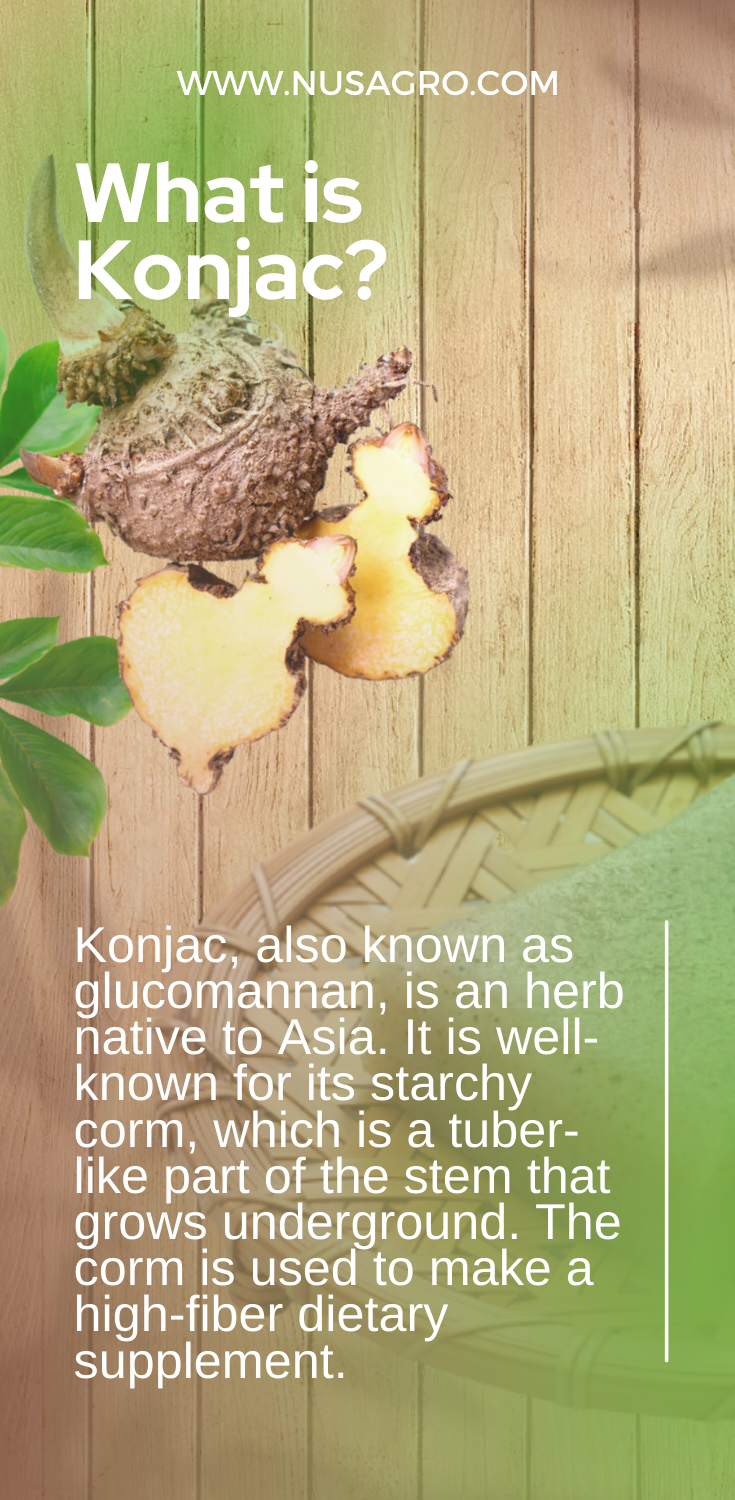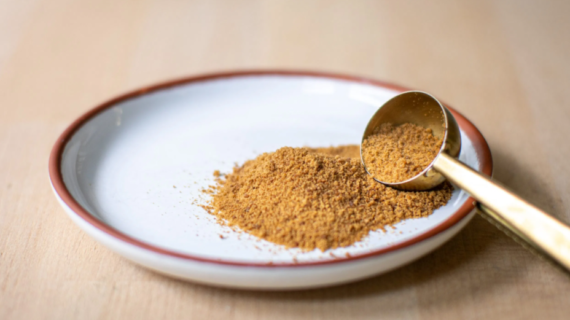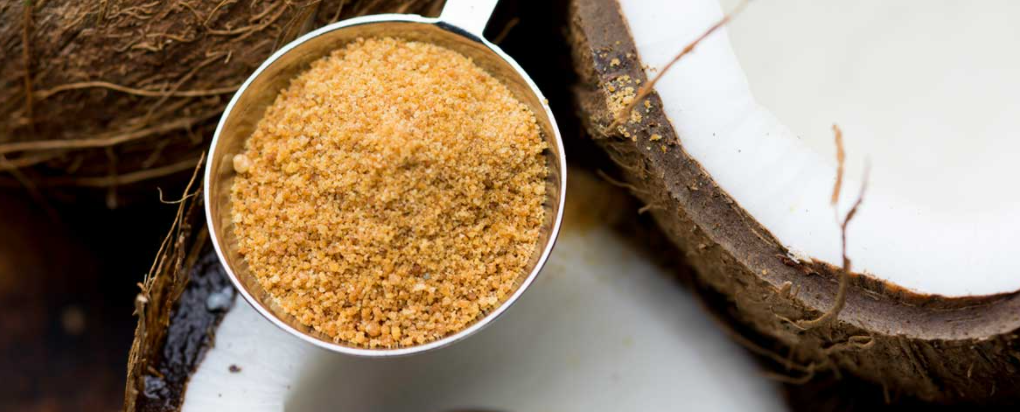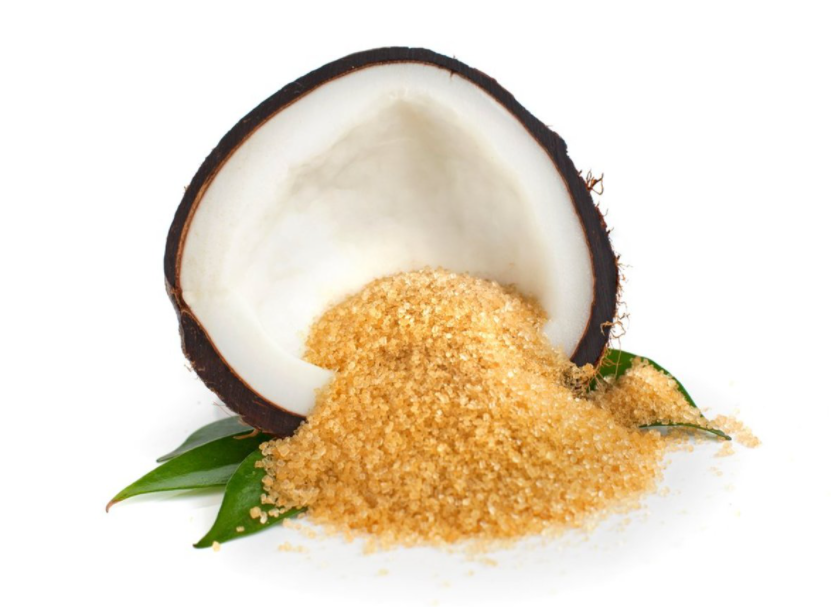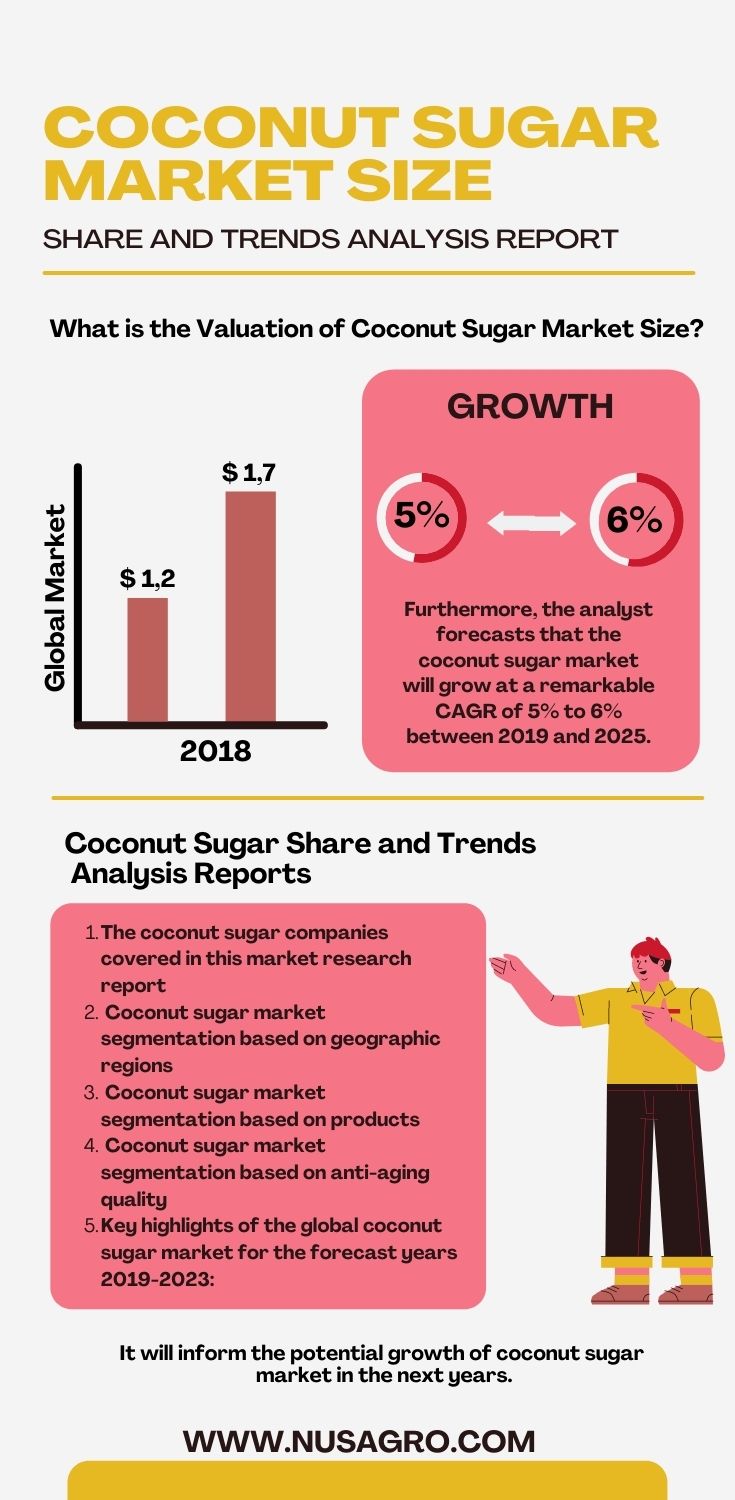How to make charcoal briquettes – Charcoal briquettes are a type of fuel that is made from charcoal powder. In comparison to traditional fuels, charcoal briquettes not only produce continuous heat but also produce no smoke or odor during combustion.
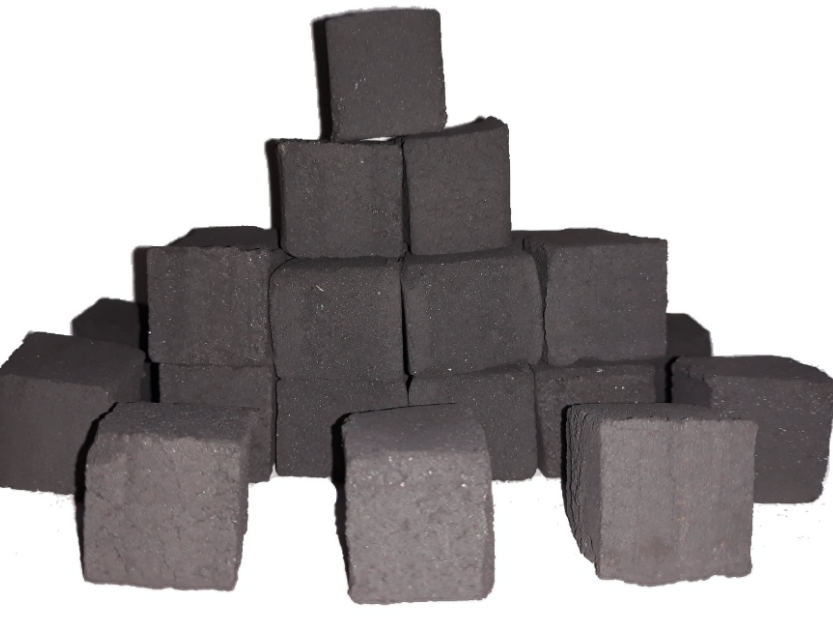
As a result, it has become the most popular fuel in many countries, including Kenya, the Middle East, and Uganda, India, etc. and has been widely used in domestic and industrial applications in recent years.
The charcoal briquettes process has become one of the hottest processing industries due to the increase in its economic benefits. So, what are the ingredients of charcoal briquettes, and how to make charcoal briquettes?
Composition of Charcoal Briquettes
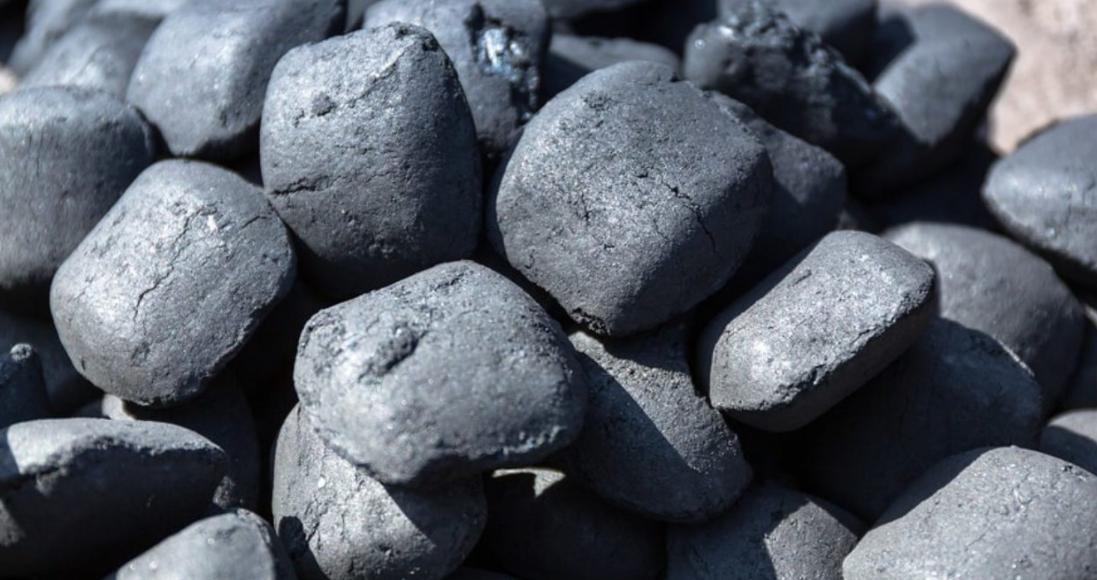
There are two parts in making charcoal briquette: the charcoal that provides heat and the minor ingredients. Charcoal is the result of incomplete combustion of wood or wood raw materials, or pyrolysis in the absence of oxygen.
Because carbon is its primary component, we can use it as a fuel. Accelerants, white ash, and briquette binder are among the minor ingredients.
-
Component 1: Charcoal
Charcoal accounts for more than 70% of all charcoal briquettes. People can make charcoal from a variety of woods, including beech, birch, hard maple, pecan, and oak, as the combustion material that provides heat.
The kiln is primarily responsible for the charcoal’s processing. The charcoal produced and extinguished in the kiln is commonly referred to as black wood charcoal. It has the advantage of being easy to ignite, but because it burns quickly and produces a lot of smoke, it is prone to exploding.
After being carbonized, removed from the kiln, and quenched with wet sand, white wood charcoal can be oxidized and generate white ash. It has a harder texture than black wood charcoal.
-
Component 2: Accelerants
Because the charcoal briquette cannot make complete contact with oxygen during the combustion process, it will require the accelerator to speed up the combustion. The best accelerator is nitrate, which not only provides oxygen to accelerate combustion but also generates heat during combustion.
However, it is prohibitively expensive. To effectively increase the burning speed, we can add 10%-20% sawdust as an excellent low-cost accelerator.
-
Component 3: White ash
White ash, as one of the minor ingredients, accounts for only 2% to 3% of the charcoal briquette. It does, however, play an important role in the burning of charcoal briquettes.
We can determine the burning degree of the charcoal briquette by observing the degree of turning white. Furthermore, because white ash is non-combustible, it can effectively lengthen the burning time.
-
Component 4: Briquette binder
Because of the lack of plasticity, a binder must be added during the charcoal briquette manufacturing process. The proportion of binder in charcoal briquettes is between 5% and 7%.
Numerous facts show that starch performs best as a binding material. After gelatinization, a thick paste can be formed, allowing the charcoal powder to stick together for later briquette formation.
Arabic gum or acacia gum is another popular briquette binder. However, when it comes to cost, waste paper pulp is the best option. The final material produced will differ depending on the composition ratios used. The following are a few recipes for making charcoal briquettes:
Plan A
- 10 kg charcoal dust/fine powder
- 0,3 kg tapioca starch
Plan B
- 10 kg charcoal dust/fine powder
- 5 kg sawdust
- 1 kg tapioca starch
- 0,5 kg limestone
Plan C
- 10 kg charcoal dust/fine powder
- 5 kg sawdust
- 0,5 kg tapioca starch
- 0,5 kg limestone
Plan D
- 10 kg charcoal dust/fine powder
- 5 kg sawdust
- 1 kg mashed pulp
Advantages of Charcoal Briquettes
- High combustibility (more than 80 percent of biomass mass)
- Longer burn time, as well as a more uniform and stable combustion process
- Smokeless and flavorless
- lighter (only one-fifth to one-third of the original weight)
- less expensive than lumpy charcoal
- It is simple to handle, pack, transport, and use.
Process of Making Charcoal Briquettes
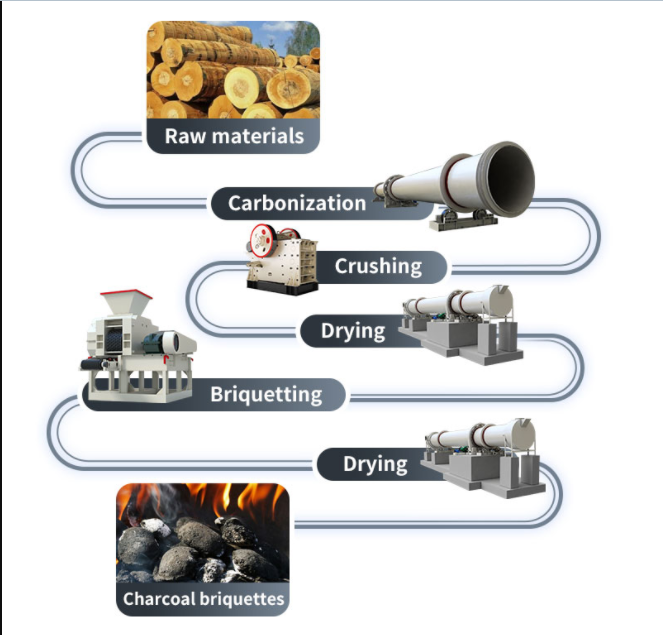
People are generally interested in how to make charcoal briquettes. The production of charcoal briquettes is divided into five steps:
Step 1: Carbonization
To begin, heat the raw materials in a rotary kiln. During the one-week combustion process, the temperature must be kept between 840- and 950-degrees Fahrenheit (450 and 510 degrees Celsius).
Close the air inlet after the combustion is finished, and the exhaust hole after one to two hours of exhaust. After a two-week cooling period, remove the carbonized wood from the kiln and crush it.
Step 2: Crushing
Crush the carbonized wood with a hammer crusher or a roller crusher. Although different types of wood, such as bark, dry wood chips, wet wood, and so on, should be crushed to different sizes, they can generally be crushed into charcoal pieces of 5mm or less to make high-quality charcoal briquettes.
Step 3: Drying

After that, it requires a drying process. If the water content exceeds the empirical upper limit, the temperature will rise and the volume will suddenly expand, potentially resulting in an explosion.
Molding will be difficult if the moisture content is too low. Using a dryer, reduce the moisture content to the required level for briquette formation by about half (to about 15 percent).
Step 4: Briquetting
Briquetting is an important step in the charcoal manufacturing process. After entering the ball press, the raw materials will be subjected to three types of forces: the main driving force of the briquette machine, the friction force, and the centripetal force of the wall.
The charcoal briquettes can maintain their shape when they fall from the bottom of the machine due to moisture, adhesives, temperature (approximately 105 °F or 40 °C), and pressure of the briquetting machine’s rollers.
Step 5: Drying
Feed the charcoal briquettes into the dryer for three to four hours to heat them to 275°F (135°C) and reduce the moisture content to about 5%.
After manufacturing, immediately bag the charcoal briquettes or store them in silos. Following the preceding steps, charcoal briquettes will be produced at a rate of 2200-20,000 pounds (1-9 metric tons) per hour.
Benefits of Using Charcoal Briquettes during the Manufacturing Process
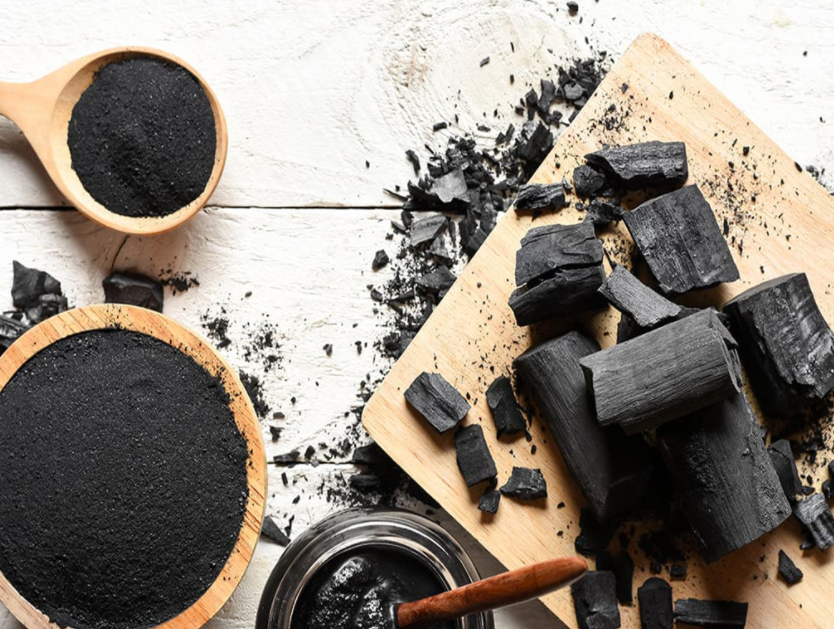
Compared with other fuel, the biggest advantage of charcoal briquette is that it has no environmental pollution during the whole processing.
- No waste material: Because no chemicals are used in the entire charcoal briquette production process, the required minor ingredients can be replaced with sawdust, waste paper pulp, and so on. Not only is there no waste slag, but some waste can also be recycled and reused to generate benefits.
- No waste liquid: Because no water or liquid is added or drained during the process, there is no pollution to the water source.
- No waste gas: The gas produced during the charcoal briquette processing is only water vapor and some combustible gas, causing no air pollution. It is worth noting that this portion of the combustible gas can be recycled and used as fuel, potentially lowering costs.
According to the information provided above, processing charcoal briquettes is not difficult. However, we must pay close attention to many details, such as component ratio and moisture, as these will all have a direct impact on the final quality.
Users must comprehend and confirm each step and detail of the charcoal briquettes processing process before proceeding. Then, select a reputable supplier for the purchase of the processing equipment, such as a crusher, dryer, briquette machine, and so on. One of the briquette supplier is Nusagro.
